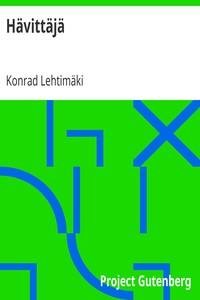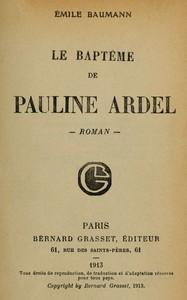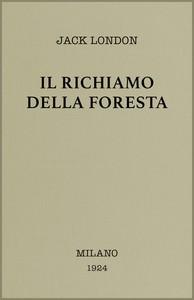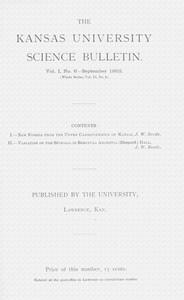Read this ebook for free! No credit card needed, absolutely nothing to pay.
Words: 7648 in 3 pages
This is an ebook sharing website. You can read the uploaded ebooks for free here. No credit cards needed, nothing to pay. If you want to own a digital copy of the ebook, or want to read offline with your favorite ebook-reader, then you can choose to buy and download the ebook.
PUBLISHED BY THE UNIVERSITY,
LAWRENCE, KAN.
Price of this number, 15 cents.
Entered at the post-office in Lawrence as second-class matter.
KANSAS UNIVERSITY SCIENCE BULLETIN.
NEW FOSSILS FROM THE UPPER CARBONIFEROUS OF KANSAS.
BY J. W. BEEDE.
The following will be of interest and value in completing the faunal succession of the uppermost part of the Carboniferous, as well as for the biologic interest of one of them.
The distinctive features of this species are: Surface ornamented with both pustules and granules, large interradial supporting plate above calyx, ten short, massive arms.
Description: Calyx basin-shaped, shallow, quite concave below. Infrabasals partly covered, but located entirely within the body cavity. Stem small and apparently round. The five basals are large, recurved below the middle, concave in the center of the more depressed part, four apparently hexagonal and one heptagonal, and larger than the others supporting the interradial; all higher than wide, sutures not much depressed. There are five large, massive radials a trifle more than twice as wide as high, well beveled, faceted, and apparently sagging a little on the upper articular surface. Interradial large, fully half within the calyx, higher than broad, and the upper portion very strongly curved inward. This plate supports another entirely without the calyx, which is comparatively large and appears to be pentagonal when seen from without, the two upper sides being much longer than the rest, making the plate appear triangular at first sight, fitting closely between the arms on either side. The five brachial plates are large, contiguous save on the posterior side, and produced into an obtuse spinous process. Much of the upper surface of these processes is faceted, supporting the costals, and in this manner giving the animal its greater lateral diameter above the calyx, and affording more room for the massive arms which, when closed, form a box around the inner part. The costals are ten in number, two to each brachial, large, nearly three times as broad as high, and convex. The distichals are sometimes present and sometimes wanting, very broad and thin when present. Arms ten, broad, outer surface of each nearly flat massive, composed of two series of interlocking plates, each one of which bears a pinnule. Pinnulae long and narrow. The articular surface of the arm plates is minutely crenulated. These plates decrease in length though but little in height as they approach the tips of the arms. The surface of almost the entire animal was ornamented with granules, and the lower part with both granules and pustules.
Measurements: height. breadth. length. Calyx 11 mm. 30 mm. Basals 5 1/2 ,, 12 ,, Radials 9 ,, 18+ ,, Brachials 7 ,, 17 ,, 8 mm. beyond calyx. Costals 4 ,, 9 to 11 mm. Distichals 2 ,, 9 ,, Arm plates 2 ,, 3 to 5 ,, Interradial 7 ,, 6 ,,
Aside from the markings mentioned, the calyx is also ornamented with depressions which look at first like borings of some kind, but which have the same granular character as the rest of the surface.
Free books android app tbrJar TBR JAR Read Free books online gutenberg
More posts by @FreeBooks











